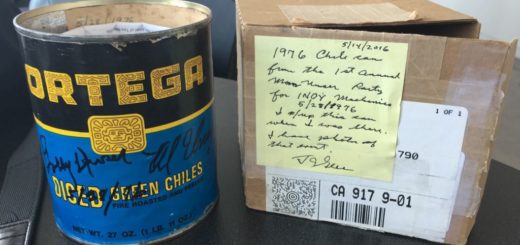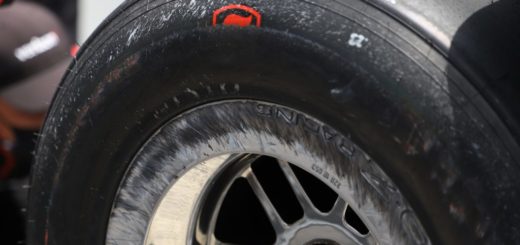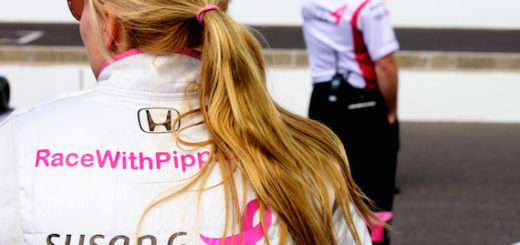On second thought: 5 drivers who missed the Indy 500 after making the race
(This piece originally appeared on autoracingdigest.com)
Several drivers thought they’d be in the starting field for the Greatest Spectacle In Racing. They were wrong.
Four laps. Ten miles. Speeds well over 220 mph in cars on the absolute edge.
Qualifying for the Indianapolis 500 may be one of, if not the most, challenging and compelling feats in motorsports. It takes preparation, passion, performance, and sheer luck. The pride and prestige of being an Indianapolis 500 starter stays with a driver for life.
But in rare instances, drivers who qualified for the race had to sit on the sidelines on Memorial Day weekend. Why? Sometimes it was sheer money, other times it was sponsor commitments, and in a few instances, crisis or conflict struck at a key time.
Either way, each time, there was a compelling reason behind the change.
Let’s take a look back at some of these stories and share the tales of five drivers who passed one of auto racing’s biggest tests in qualifying for the race, but ultimately missed a chance to run for glory in the Indianapolis 500:
Mike Hiss – 1978 Indianapolis 500
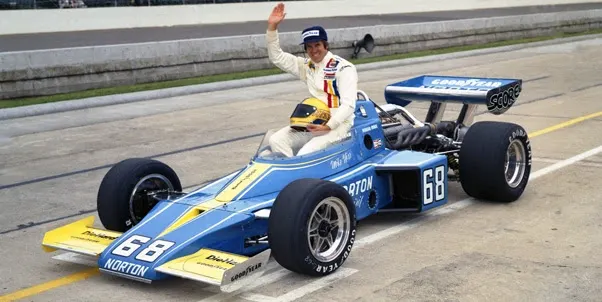
Mike Hiss was the 1972 Indianapolis 500 Rookie of the Year after a 7th-place finish, but became famous for sitting in for three of the biggest names in racing. In 1972, he replaced Mark Donohue after he was injured for a race at Ontario Motor Speedway. In 1974, he replaced Peter Revson at Indianapolis after Revson was killed in a Formula 1 race. He started 3rd and finished 14th.
But his assist in Indy qualifying in 1978 contributed to global racing history.
Hiss was tapped to qualify a Roger Penske car for Mario Andretti, who was off racing in the F1 Belgian Grand Prix. Hiss qualified the car in 8th position. Andretti would go on to win the Belgian Grand Prix, finish 12th in the Indy 500, and win the F1 World Drivers Championship that year. Hiss would never compete at Indianapolis again.
Dennis Firestone – 1986 Indianapolis 500

The final practice session before the Indianapolis 500, held on “Carb Day”, is usually a day to show off for the fans, run some race day setups, practice some pack racing, and park the race car in preparation for the race.
But in 1986, Dennis Firestone lived every Indy 500 driver’s nightmare – a 4 car Carb Day crash that damaged his car, and required Firestone to be pried from the car. Fortunately, Firestone had only minor injuries and was cleared to race. His car, however, was too severely damaged to be repaired, and was withdrawn. Firestone’s car owner Pat Kehoe agreed to let first alternate Dick Simon join the field in 33rd position and split the proceeds between the teams.
Simon finished 14th, leaving the teams to split just over $90,000 in winnings.
Firestone made 5 total starts, but after 1984 would never start a race at Indy again. He suffered two crashes in practice 1987, the second one leaving him with severe neck injuries.
Mike Groff – 1992 Indianapolis 500
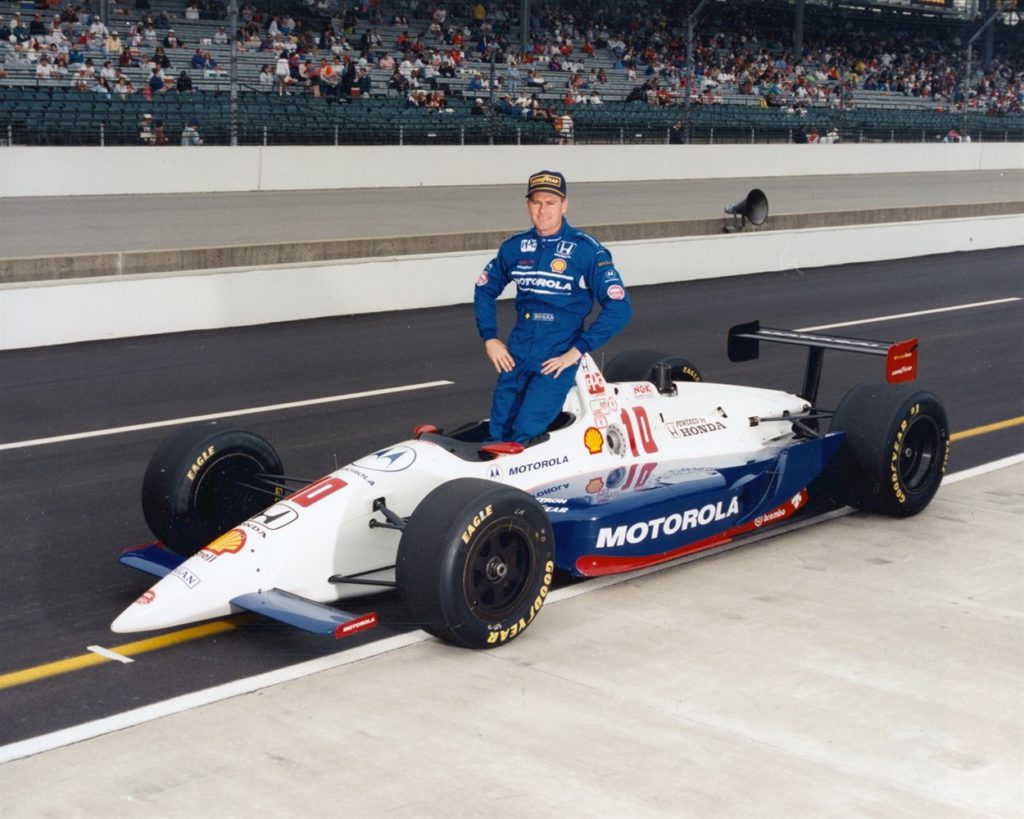
In being replaced, Groff, the 1989 Indy Lights champion, at least has a claim of being a footnote to history.
In 1992, teamed as a second driver with primary driver Scott Goodyear at Walker Racing, Groff ultimately qualified 26th, but when Goodyear failed to qualify for the race, Groff was replaced by Goodyear, and the car was sent to the back of the field. Groff was hired as protection for Goodyear, and the plan was always to switch cars between the drivers, but when Goodyear was left out of the race, Groff gave up his ride.
Goodyear would go on to finish second in the closest finish in Indianapolis 500 history. Incidentially, in 1994, he missed the field and again replaced a qualified teammate in Davy Jones. That time, however, he lasted only 29 laps and was credited with 30th place.
Groff would ultimately race in 5 Indianapolis 500s, with a best finish of 12th in 1998.
Scott Brayton – 1996 Indianapolis 500
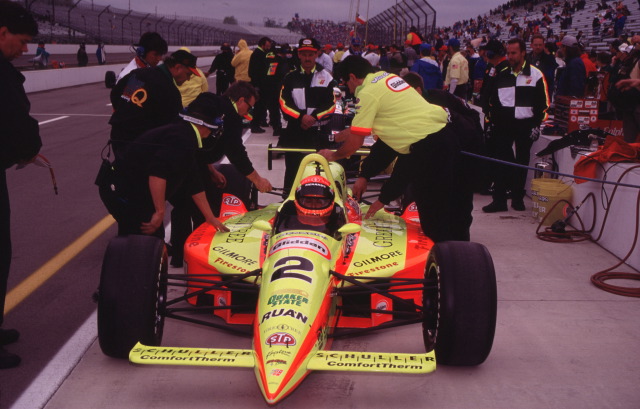
The year 1996 at the Indianapolis Motor Speedway was known for politics, controversy, and ultimately tragedy at the track.
Two different series that claimed to rule open-wheel racing had torn the sport apart. That May, the most familiar racing stars from recent Indianapolis 500 races had gone to Michigan to race at the ill-fated US 500. This left an Indianapolis 500 with less experienced drivers and teams in a mad scramble to assemble something close to a workable field.
One of the most experienced drivers in the 1996 race was Scott Brayton. A veteran of more than 160 starts in the USAC, CART and IRL series, his best finish was a 3rd in 1992 in a CART race at Milwaukee. Brayton was mostly known for single-lap Indy 500 qualifying record set in 1985 with the fast, but often unreliable Buick engine.
But with the advent of the Indy Racing League, CART midfielders became IRL stars. Brayton took a car with the Menard engine derived from that Buick to pole position in 1996. Six days later, Brayton was killed testing a backup car when a tire puncture sent him spinning into the wall during practice.
All of the other CART drivers were racing at Michigan that weekend and politics likely precluded them from consideration. Brayton’s car owner John Menard “wanted a guy who would show the proper respect” for the situation. Enter Danny Ongais, who himself had been replaced by Al Unser after a 1987 practice crash left him injured (andy still bore the scars of his heinous 1981 Indy 500 crash).
Ongais had not attempted another Indianapolis 500 run after 1987 until he emerged from again the shadows, at age 54, Ongais started Brayton’s pole car from last on the grid, and took it to a 7th-place finish, 10 years after his last appearance at the Brickyard.
Bruno Junqueira – 2009 Indianapolis 500 and 2011 Indianapolis 500
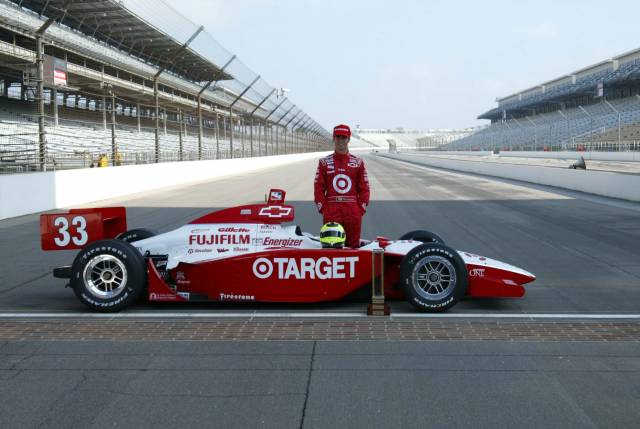
Junqueira has the dubious distinction of being replaced in his qualified Indianapolis 500 car – twice. Bruno was an 8 time winner in the CART/Champ Car World Series, and the Indianapolis 500 pole sitter in 2002, but never seemed to catch on with a top shelf team again after his 2005 Indianapolis 500 crash injury suffered while leading the Champ Car World Series championship. Even with his two misses, Junqueira would ultimately start 6 Indy 500s with 2 5th place finishes as his best run.
In 2009, Junqueira was paired with primary driver Alex Tagliani at Conquest Racing. With just eight laps of practice, Junqueira was able to qualify the car 31st. But when primary driver Tagliani was bumped, and left waiting to qualify when time expired, Tagliani was out.
After qualifying, to satisfy Tagliani’s his sponsors, Junqueira was replaced with Tagliani for race day. Tagliani would bring the car home 11th, finishing on the lead lap.
In 2011, history repeated itself. Junqueira, this time as second driver on the AJ Foyt Racing team, qualified his #41 car in 19th position. But after struggling during qualifying, Andretti Autosports found itself with one of its most marketable drivers, Ryan-Hunter Reay, and two key sponsors, DHL and Sun Drop, sitting on the sidelines after failing to qualify for the race. This time, instead of just replacing Junqueira with another team driver, rival team owners Michael Andretti and AJ Foyt partnered on cash deal to give Ryan Hunter-Reay and his sponsors access to #41 car, and again left Junqueira on the sidelines.
The taboo of buying your way into the Indianapolis 500 came to the fore in the coming days. “This is shameful, especially shameful given the fact it involves two of the greatest names — Andretti and Foyt — in the 102-year history of Indianapolis Motor Speedway. It also sets a very dangerous precedent”, wrote sportswriter Bob Kravitz in the Indianapolis Star.
This negative reaction seems to have stuck. Since then, no driver has missed the Indianapolis 500 because their qualified car was bought by another team.

